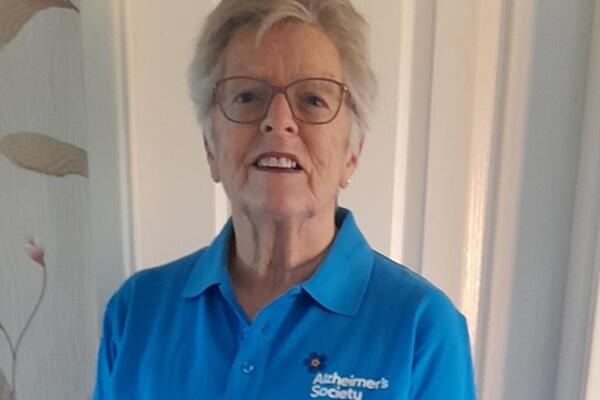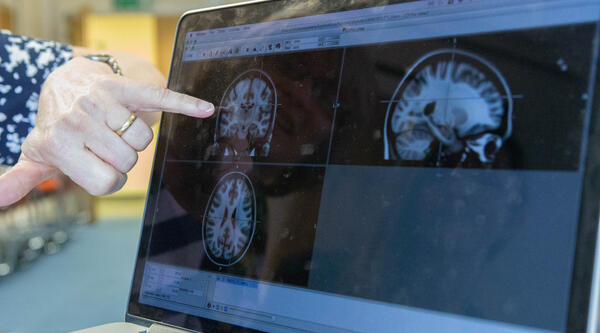Dementia Care Mapping
Dementia Care mapping is a method of staff observation in care settings which follows a formal process. It's a way to measure the experience of people with dementia.
Pros and Cons:
Useful for:
- continuous quality improvement in providing person-centred care.
- exploring experience of a particular aspect of care, such as meetings or mealtimes.
Downsides and risks:
- You need trained staff.
- It is recommended that two mappers should be observing at any one time, potentially over a whole day, which may be challenging for services in terms of potential impact on staff time and numbers.
Cost: Staff need to be trained (a three day course).
Timing: The process of short periods of observation is repeated throughout the period of care, usually at least every four to six months.
Preparation:
Services and staff need to ensure the staff training has been completed and are able to follow the Dementia Care Mapping process.
How to carry out Dementia Care Mapping
Staff focus on the experience of the person with dementia in order to action plan and provide person-centred care for them. What they learn about changes that could improve care from specific examples of experience of people with dementia
- may be used to benefit other people with dementia in the same care setting too.
- may be used to identify specific staff training and development needs.
Dementia Care Mapping uses observation and finding out from the person with dementia, where possible, and those who know them well, such as their family members, about their experience.
The Dementia Care Mapping process involves:
- preparation and briefing
- observation
- analysis
- feedback (written and verbal)
- action planning.
Useful Links
There is a Publicly Available Specification (PAS) in the Use of Dementia Care Mapping™ and NHS England evidence review of Dementia Care Mapping.
Find our more about Dementia Care Mapping on the University of Bradford's website.





